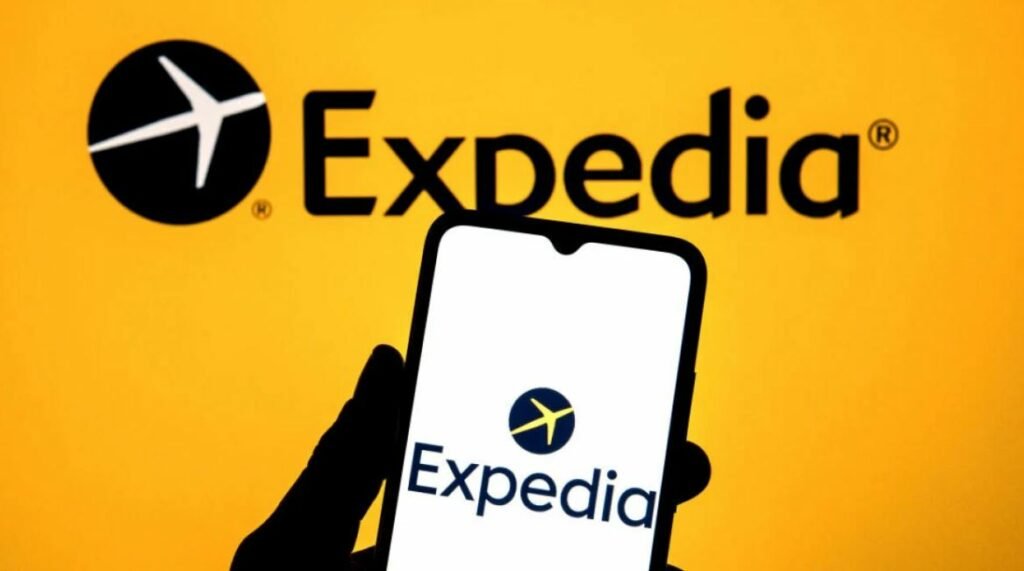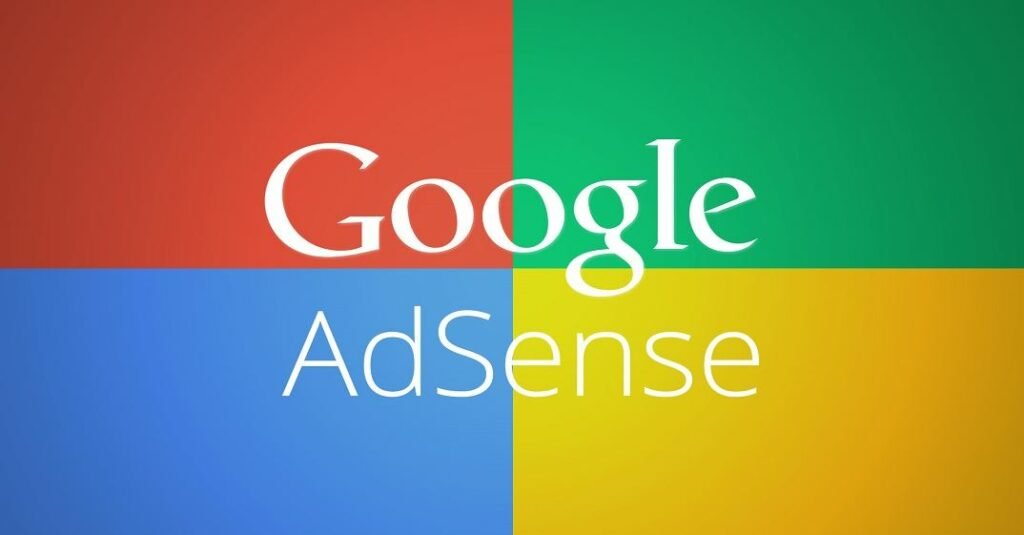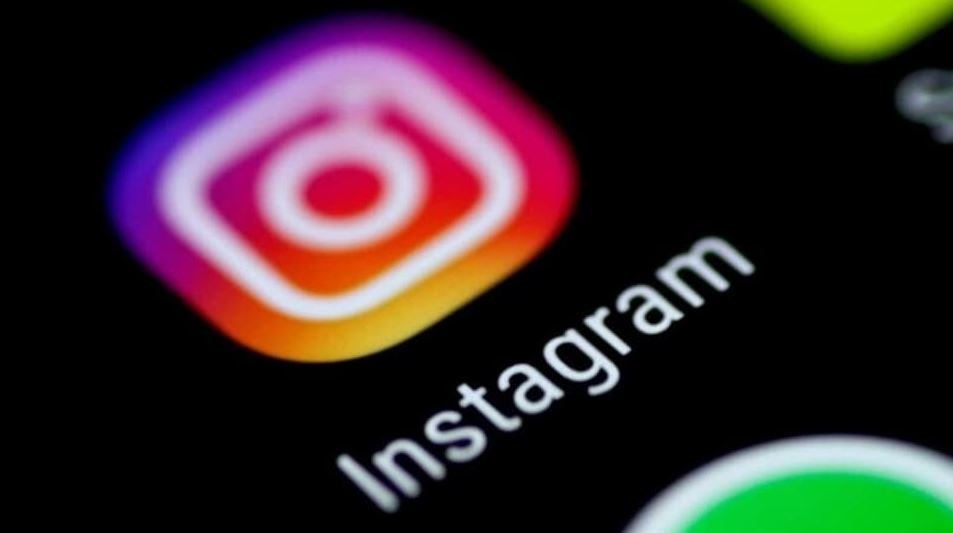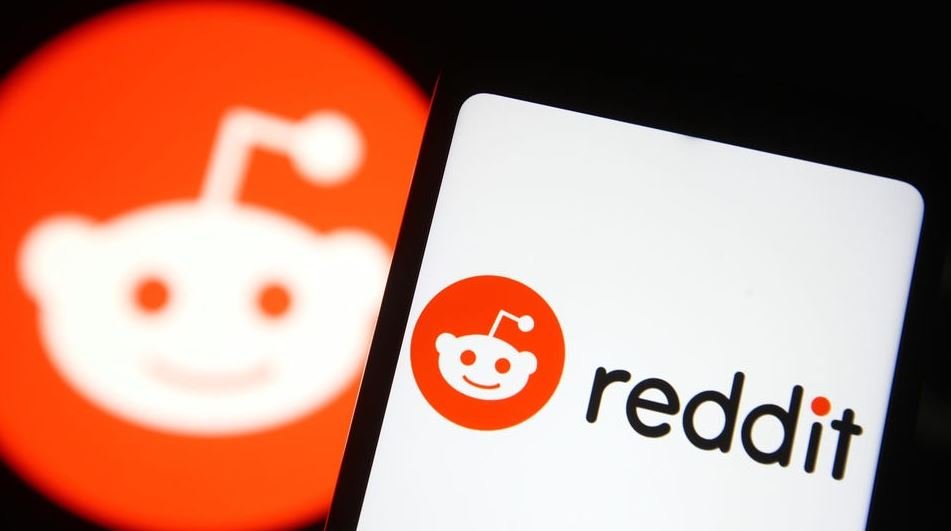Advertising is an important aspect of businesses that any serious business concern must consider, be it a startup or an already well-established business.
Several businesses use advertisements peculiar to their business type and model; each business or event that requires publicity has its best-suited advertising model.
Native ads are taking the world of advertising by storm. They are more interactive than other ads, and consumers prefer them to traditional formats. Even advertisers put native ads right at the center stage of their marketing campaign.
Understanding the cost of native advertising is a crucial part of your decision-making process if you ever plan on buying an ad. This article lists all the different factors determining how much it will cost you to place an ad using native ads.
What is Native Advertising?

How Much Does It Cost To Run Native Ads?,
Is Ppc A Native Advertising?,
Best Native Ads Platform For Affiliate Marketing
Native advertising is a form of paid media where the ad experience follows the natural form and function of the user experience. These ads look like a related post widget, more appealing, and less intrusive to the targeted user.
Native ads are often found in social media feeds or recommended content on a web page. The goal of native ads is to combine the visual and contextual elements of the user’s experience with an ad that matches both. Native ads are also known as sponsored content and branded content.
The native ads look like a natural continuation of the site’s content, hence the term native. Native advertising is also the use of paid ads that match the look, feel, and function of the media format in which they appear. The native ad unit is often called an ad or ad space because it is a designated area for an ad to appear on a website, app, or other online property. Native ads can be text-based, image-based, or rich media.
Native advertising is a way to advertise that matches the form and function of the platform on which it appears. In many cases, native ads function like unpaid endorsements. The best native ads are designed to feel like an organic part of the user experience. They provide value to readers without interrupting their consumption experience or requiring them to leave the page they’re reading.
How Much Does Native Advertising Cost?
The cost of native ads is dependent on several different factors. This is because many considerations are made regarding where the ads will be deployed, the audience/demographic, ads units, and even sites where the ads will be displayed.
Native ads are bought on a CPM (cost-per-thousand impressions) basis, with prices ranging from $2 to $20 per thousand impressions, depending on the targeting options. The cost of native ads can vary widely based on who you’re targeting and where your ad appears.
Note that CPM does not mean clicks. Rather, it means the cost charged every 1,000 times your ad is displayed. The cost of native advertising depends on several factors, including your audience size and the type of content you want to promote.
How Does Native Advertising Work?
Native advertising has continued to grow in popularity and use; this is evident in the rate at which people hate other visible advertising methods on the platforms where native ads are mostly used.
Native ads work so that sometimes consumers do not know that they are looking at an advert. Even when users see these ads, they are not upset because it blends perfectly with the content.
Native advertising is paid content similar in look and feel to the rest of a publisher’s content. It blends in naturally with other content because it’s written to fit a publication’s style and length, and it’s often formatted to match its placement on the site.
Native ads are usually made to mimic the look, feel, and function of a site’s content, making the ad more likely to be trusted by visitors and users. It is the direct opposite of banner ads, where ads are placed at the sidebar, below the logo, or across the top of a web page.
Because of the effectiveness of native ads, they have become so popular that they account for 70 – 80% of all digital display ad spend and revenue by practitioners and advertisers.
Native ads are a relatively new and exciting addition to digital advertising. Every time you see a native ad, it looks like a part of the rest of the content on the page.
This can help reach potential customers in more subtle ways than conventional banner or display ads. Native ads can help advertisers better relate to their customers and ultimately provide users with a better experience while browsing various sites online.
This is because advertisers want their company to look professional and successful and trust their customers. It would be best if you got an idea of how much these ads cost to make sure that you stay within your financial budget.
Native advertising solutions and campaigns are not simply priced tags. Each native advertising solution has its own unique set of requirements, objectives, and goals.
As such, each solution needs to be priced according to the scope of work. We will be looking at the cost of native advertising in this article, but before that, we will try to let you understand what native advertising entails fully.
Types Of Native Ads
The cost and effectiveness of native ads depend on where they’re placed and what they look like, as mentioned above already. To know the actual cost of native ads, we would have to look into the main types of native ads.
This is because there are several different types of native ads according to the niches required by marketers and advertisers alike. The main types of native ads include:
- In-Feed Unit Ads
- Paid Search Unit Ads
- Recommendation Widget Native Ads
- Promoted Listing Native Ads
- Display Ad With Native Elements
- Custom Native Ads
1. In-Feed Unit Ads

In-feed unit ads are native that are non-disruptive, and they are placed and appear within the feed of a website or app. In-feed ads typically take the form of images, text, and video. Since they are placed within the feed, they are easily recognizable as ads but not overly disruptive to users.
In-Feed Unit Ads allow customization and can be tailored to match their surroundings. As a result, they tend to be more user-friendly than traditional banner ads.
In-Feed ads are priced on a CPM (cost per 1,000 impressions) basis, which means you only pay for such ads when users or readers see your ad. CPMs can vary drastically depending on how many impressions you buy and how popular your industry is.
However, the average cost per 1,000 CPM impressions is around $5-$10. In-Feed ads can be very expensive drastically if deployed to platforms with millions of users because of the user engagement derived from In-Feed as units.
In-Feed Unit Ads display in a user’s social feed alongside organic content and other brand promotions. The best way to ensure your ads don’t get lost in the shuffle is to design them with the same aesthetic as the rest of your website or app. In-Feed unit ads perform well both on mobile and desktop views of browsers when they’re well designed and contextually relevant.
In-Feed ads are sort for the following reasons: they are easy to integrate into any feed-based site or app, are highly customizable to blend into different environments, and users can swipe through multiple units. Below is an example of In-Feed unit ads in the red-covered section of the picture.
2. Paid Search Unit Ads

Paid search unit ads are another popular native ads option; they are very simple to deploy and effective in reaching target audiences, just like other native ads types.
Paid search unit ads are low in cost per unit; they also have low click-through rates (CTRs) and typically have a very clear label indicating that the content is sponsored. Advertisers most often use paid search unit native ads for lead generation for businesses, services, products, etc.
Most of the biggest social media platforms, including Facebook, LinkedIn, Twitter, and TikTok, offer paid search unit ads services to their clients and users. This is made possible because of these social media platforms’ large user base.
The paid search unit ads appear on related keywords and terms search results. This is because they are paid for; the paid ads search units can reach a specific demographic of audiences faster, the fact that the concerned advertiser pre-pays for the ad search units.
Paid search ads are great for driving traffic to your site and increasing your brand’s visibility. According to Google, 51% of mobile users who see a paid ad on their mobile search results usually visit the advertiser’s website, and 50% will of those who visit such websites usually purchase from that company. Below is an example of paid search unit ads in the red-covered section of the picture.
The cost of paid search unit ads depends on the inherent competition in the particular keyword or Niche that you want your paid search ad units to be deployed. Knowing that the paid search unit ads are text-based native ads, the cost of the ads is not expensive as you will need to pay $1 or less per click (CPC) for a paid search unit ad. This amount will be multiplied by how many units of the paid search ad units you wish to purchase, which translates to the number of clicks.
Paid search unit ads are featured commonly at the top of the list on search engines when keywords relating to the ads are searched, making them look like organic search results. When consumers search for a keyword, they may be shown a paid ad that matches their search term. When this happens, the consumer has the option to click on that ad, which will then take them to the advertiser’s website.
3. Recommendation Widget Native Ads

A recommendation widget is a list of other articles, products, or services recommended by the publisher. Recommendation widget ads are usually placed at the bottom of articles on a webpage, website, and several other advertising platforms; they also have a headline, thumbnail image, and short introductory text.
Recommendation widget ads can be used to monetize web traffic that may otherwise be hard due to low viewability, such as on mobile apps. Hence why the cost recommendation widget ads cost more on mobile platforms. Recommendation widget native ads are usually presented as related articles, similar products and services, and you.
Recommendation widget ads are costed per thousand impressions (CPM) basis. The price of this type of ad also varies depending on the quality and type of traffic required by the advertiser.
The ad typically costs between $1-2 CPM for desktop traffic and $2-4 CPM for mobile traffic. Below is an example of recommendation Widget ads in the red-covered section of the picture.
4. Promoted Listing Native Ads

Promoted Listing Native Ads (PLNAs) are native ads that appear in the search results of a specific product or service keyword search by default. The promoted ads usually appear with a “Sponsored” label to show that they are promoted content.
The promoted product or service is usually related to the page, website, or platform where they are usually placed, making them not to disturb consumers with these ads.
PLNAs are most commonly found on Amazon’s marketplace pages, Google market pages/websites, and generally the promoted Listing. Brands use promoted Listing Native Ads to bring awareness to their products and increase sales.
While promoted listing native ads do not drive traffic off-site like other native advertising types, they’re a great option for brands selling more of their products on merchant e-commerce websites and platforms.
These ads are free to create and only cost when they’re clicked on. The promoted Listing ads are costed based on cost per thousand impressions (CPM). The ads cost between $1 to $10 per click, depending on the product or service niche the advertiser is advertising for.
5. Display Ad With Native Elements

Display ads with native elements are native advertising that combines the best elements of native and display advertising to create an ad that delivers a truly unique user experience.
This type of ad may be placed in a standard banner or container, but the content is generic to the contents of the page or website where they are placed.
Display ads with native elements are costed depending on the platform where they have been placed and the publisher rates. The ad cost per impression (CPM) and cost per view (CPA) cost of the display ad native elements have different costs.
The cost of this type of native ad goes from $10 at a minimum and can run into thousands of dollars, up to a maximum of $200,000 maximum sometimes. You need to note that the specific cost of display ads with native elements largely depends on the platform you wish to place your ads on.
6. Custom Native Ads

The purpose of custom native ads is to integrate an advertiser’s brand into a publisher’s content while maintaining a positive user experience. The ad copy matches the tone, style, and timing of that platform’s other content. Custom native ads are usually more expensive per thousand impressions.
The custom native advertising type of native ads usually costs more than standard native ads because they are customized to our needs. The upside is that this customization makes them more effective for us. The custom native ad type of advertisement is better at capturing users’ attention than traditional display ads because they are more integrated into their surroundings. They are not as likely to be skipped over or ignored.
Custom native ads can be used on various platforms, including social media sites like Facebook and Instagram, video streaming platforms such as YouTube, mobile devices, and even email newsletters, etc. Custom native ads are based on the CPM (cost per thousand impressions) model. The minimum cost of the custom ad is about $15 to $30, with the maximum cost running into thousands of dollars in the region of $200,000 depending on the platform or publisher you’re placing the ads with.
The cost of native ads, regardless of the type, depends on the platform on which you wish to place your ads. There are high-cost ads publishers and platform advertisers. There are also low-cost publishers and advertising platforms depending on your ads requirements and target audiences. Therefore before deciding what native ad type to deploy, consider your budget and the value you seek to get from your advertisement.
Why Native Advertising Matters in 2023
One of the major reasons marketers and advertisers prefer native ads is that native ads are more effective in reaching target audiences and demographics than traditional advertising using standard banner ads and other types of ads. Several other reasons why native ads matter and are preferred include:
- Native ads are more compelling and have an 18% chance of getting more clicks and purchase intent than banner ads.
- Native ads are more noticeable than standard banner ads.
- Consumers look at native ads 53% more frequently than display ads.
- Native ads drive 9% more brand affinity customers than banner ads.
- Native ads are more shareable than display ads.
Before we conclude, let’s look at some advantages and possible disadvantages of using native advertising.
Advantages of Native Advertising
Native ad formats are designed to be as natural and nonintrusive as possible. This approach appeals to readers who find traditional pop-ups and banners disruptive, boring, and a waste of time. Here are some benefits of native advertising:
- Advertisers very much prefer native Advertising because it is non-invasive.
- Native Advertising allows designers and creators to be more expressive and creative.
- Native Ads help in the organic build of brand awareness.
- With native advertising, you can create ad content in different ways, such as images, videos, quizzes, and listicles.
- Native advertising helps increase users’ engagement with brands and advertisers’ platforms.
- In addition to higher viewability rates, native ads are less likely than standard ad formats to trigger ad blockers.
- Native advertising focuses on the user’s experience rather than focusing on the service or product being advertised. This, in turn, boosts interest in such advertised products or services.
- Native Ads are highly customizable.
- You can easily target your audience.
- Native Ads are trackable and measurable.
Disadvantages Of Native Advertising
The biggest disadvantage of native advertising is that it can sometimes be hard for the users to distinguish whether or not something is an ad, which leads to distrust and annoyance. This can adversely affect both the publisher and advertiser’s reputation.
Here are some of the biggest drawbacks of native advertising.
- Native ads are sometimes more expensive for startups and small businesses to advertise with bigger publishers and platforms.
- With native advertising, you lack control over the creation, placing, and positioning of your ads most of the time because the advertising platform does this.
- Native ads provide low-quality traffic.
Native advertising is an effective marketing strategy for companies that want to market their product or service to the growing number of consumers who spend a significant chunk of their time on social media like Facebook, Twitter, and other websites.
Not only does it help these companies target their ad audience more precisely, but it also gives them a chance to create lasting brand impressions on their target audience.
Depending on your needs and requirements, native ads may be the best choice for your business. Native advertising has been steadily growing because advertisers love its effectiveness.




![20 Best Affiliate Programs for Beginners [$100/Sale, No Website Required]](https://incomeryschool.com/wp-content/uploads/2024/02/20-Best-Affiliate-Programs-for-Beginners-100Sale-No-Website-Required.jpg)



